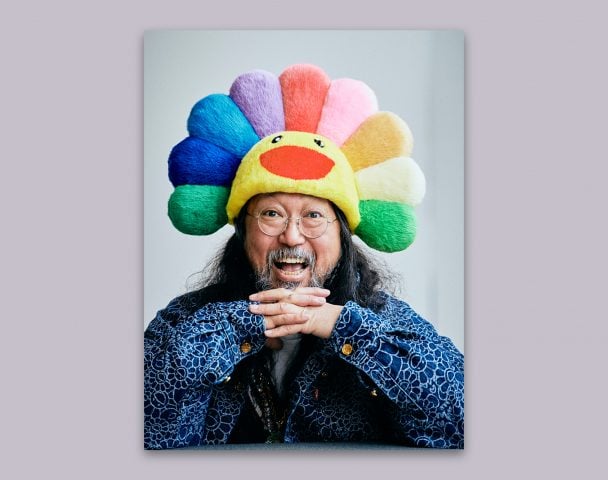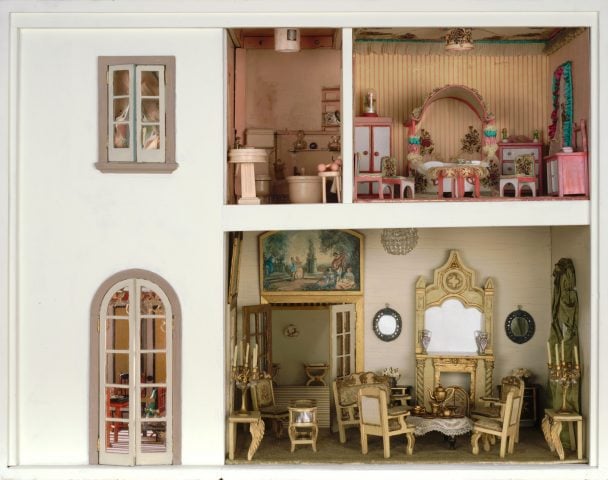Art History
Art Bites: The Woman Who Made Van Gogh Famous
Jo van Gogh realized that Vincent's personal story was as compelling as his paintings.
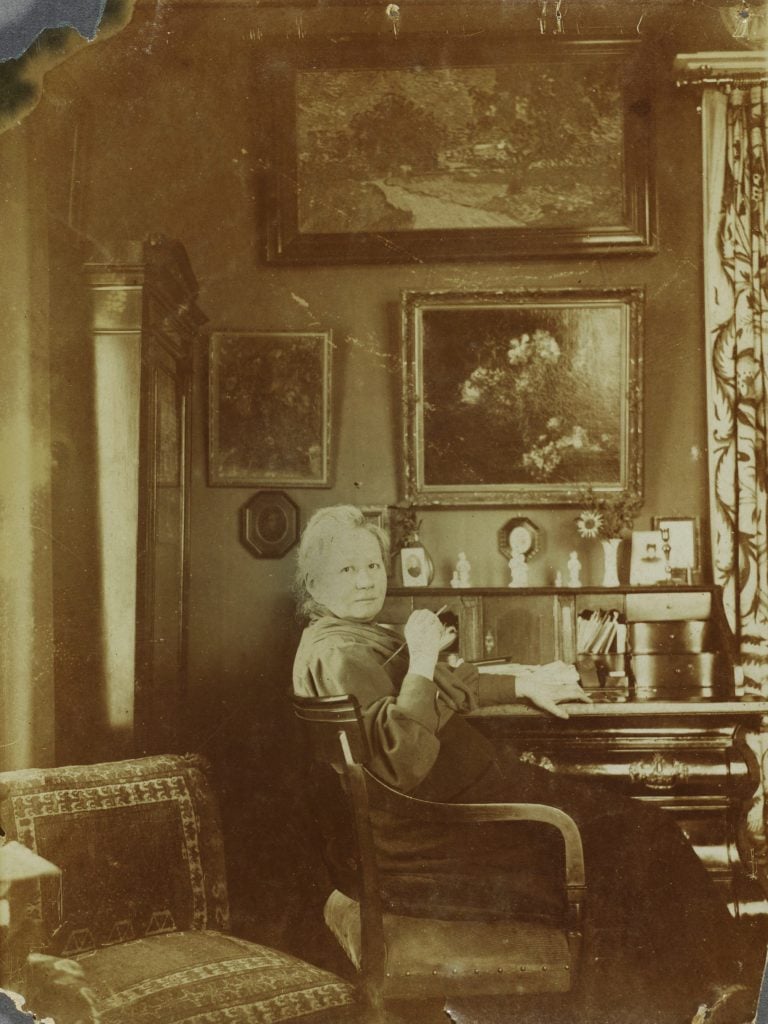
Today, the graves of Vincent and Theo van Gogh rest side by side in the unassuming cemetery of Auvers-sur-Oise, the village north of Paris where Vincent killed himself at the age of 37. It’s a poignant and fitting image: the overlooked artist interred beside his closest confidant and unwavering champion.
It wasn’t always this way. Theo, who died six months after his older brother in 1891, was originally buried in Utrecht, 50 miles from the austere Dutch village where they’d been raised. The posthumous move to France came in 1914 at the direction of his widow, Johanna van Gogh-Bonger, a marker of her devotion to Theo and his legacy.
The fact that Van Gogh sold only a handful of paintings while alive has become part of his lore, that of a visionary artist unappreciated in his own lifetime. But somehow, the logical follow-up question has been long overlooked: how, then, did he become one of the best appreciated artists of all time?
Simply put, Jo spent a quarter of a century shrewdly and tirelessly promoting her brother-in-law’s paintings. The reason Jo’s role has remained unknown is partly simple misogyny, but also due to the fact that her personal diaries remained off-limits to researchers until a decade ago. The Dutch historian Hans Luijten has done much to advance Jo’s legacy, in part through his book Jo van Gogh-Bonger: The Woman Who Made Vincent Famous.
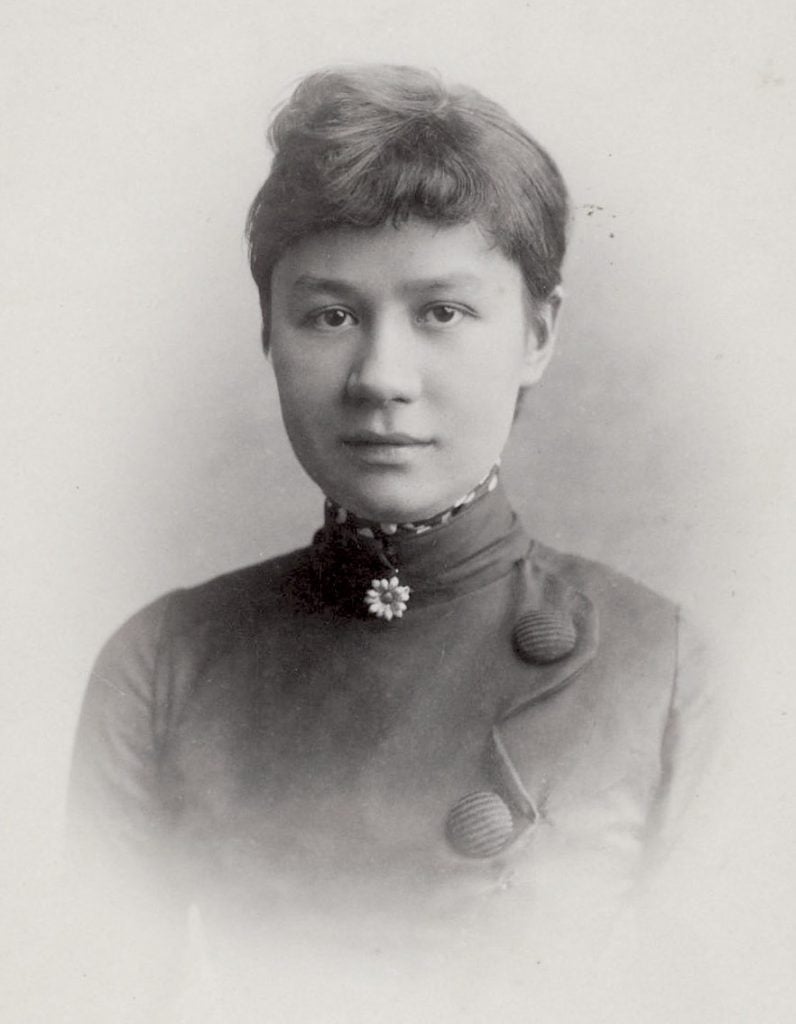
Jo van Gogh-Bonger, 1889, by Woodbury and Page. Photo: public domain.
As Jo well understood, the art business was neither meritocratic nor fair. In a whirlwind couple of years in the late 1880s, she’d fallen in love and moved to Paris, where she’d had a front row seat to watch the likes of Paul Gauguin, Claude Monet, and Lucien Pissarro try to hustle their bright, avant-garde paintings to a world still dominated by the traditional tastes promoted by the Académie des Beaux-Arts. As one of the few dealers who believed in the new art that was emerging, her husband was often approached by artists seeking an advocate.
And Theo certainly believed in Vincent. “What he makes now is not always beautiful,” he wrote their sister Willemien in 1887, “but there will certainly come a day when he will begin to sell his pictures.” The confidence rubbed off on Jo. The young couple’s Pigalle apartment was stuffed with Vincent’s canvases, 400 in all (plus hundreds more drawings), and when Theo died, she took them with her to the small Dutch village where she opened a boarding house.
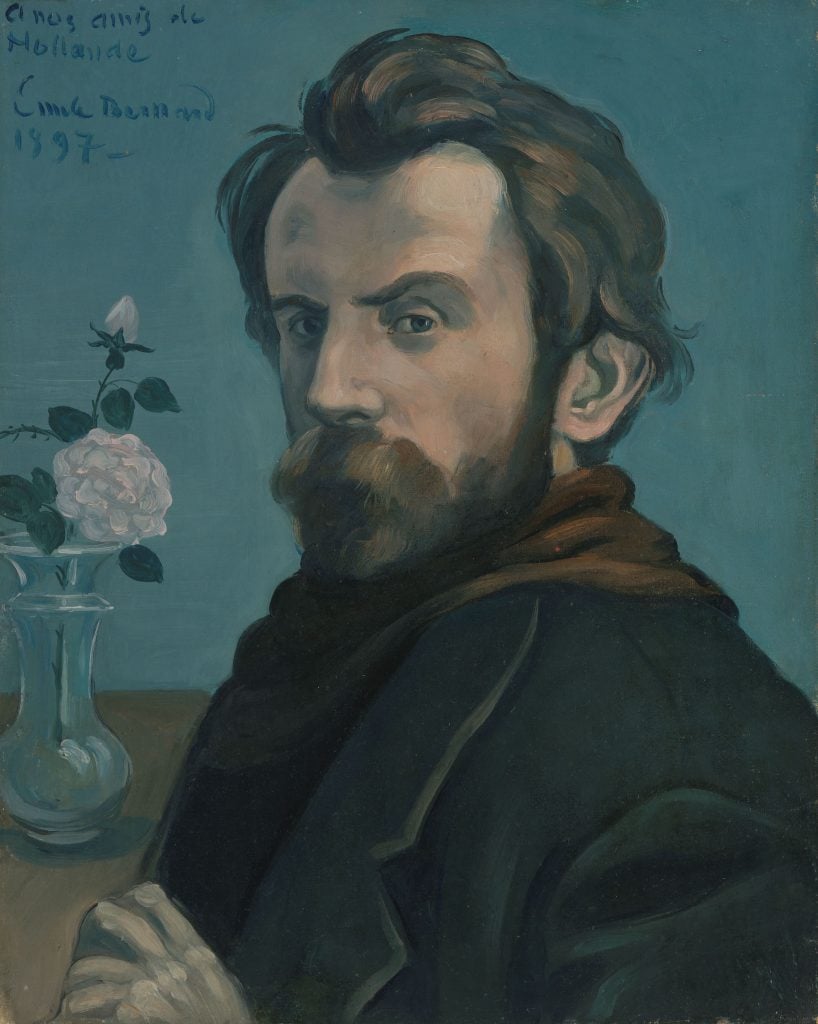
Émile Bernard, Self-Portrait (1897). Photo: Heritage Art/Getty Images.
This ran contrary to the advice of Émile Bernard, an artist and Van Gogh’s friend, who insisted it was best to keep the paintings in Paris. Success, after all, had winked at Vincent towards the end of his life; with a little patience, Bernard offered, interest could be revived.
But, as Jo later wrote in her diary, she’d been entrusted with two responsibilities by Theo: raising their child and ensuring Vincent’s work was “seen and appreciated as much as possible.” Neither task could be outsourced. She began by working on art critics who were already pushing against the strictures of academic art—in addition to her native tongue, she spoke French, German, and English. With persistence she succeeded, gaining their support for a series of small exhibitions in the 1890s.

Johanna Van Gogh-Bonger with her son Vincent Willem on her lap. Photo courtesy of Van Gogh Museum, Amsterdam (archief Tralbaut).
Her masterstroke was marrying Vincent’s revolutionary paintings with his tumultuous personality. This she achieved through sharing excerpts from Vincent and Theo’s years-long correspondence. Many found this practice crude and uncritical, but his tortured, febrile, earnest story proved extremely compelling.
The big break came with a major 1905 exhibition at Amsterdam’s leading modern-art institution, the Stedelijk Museum, where Jo took full control, creating the posters, inviting the guests, and, of course, organizing the art. With nearly 500 paintings, it remains the largest Van Gogh exhibition ever staged, and with market interest piqued, Jo would prove more discerning, carefully selecting which paintings would appear (and which could be sold) at galleries in Berlin, Paris, and Copenhagen. By 1916, Vincent’s status in Europe was secured and Jo traveled to America, where she saw limited success with an art world considered even more conservative than its Old World counterpart.
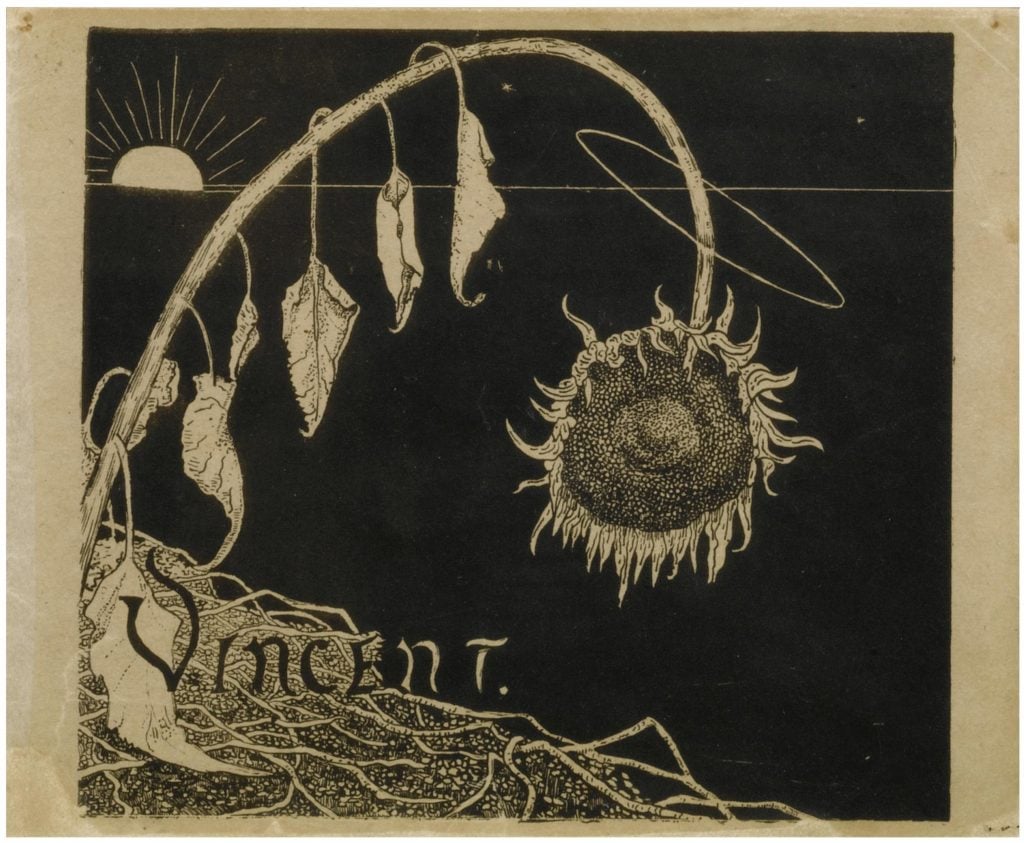
The cover for Vincent’s first Amsterdam art exhibition in 1892. Photo: Getty Images.
A crowning glory arrived a year before Jo’s death in 1925, when London’s National Gallery acquired Sunflowers (1888), institutional proof that Jo’s efforts had succeeded. In so doing, she would dispel the worry she’d laid out in her diary as a teenager, when she wrote, “I would think it dreadful to have to say at the end of my life, ‘I’ve actually lived for nothing.’”
What’s the deal with Leonardo’s harpsichord-viola? Why were Impressionists obsessed with the color purple? Art Bites brings you a surprising fact, lesser-known anecdote, or curious event from art history.


